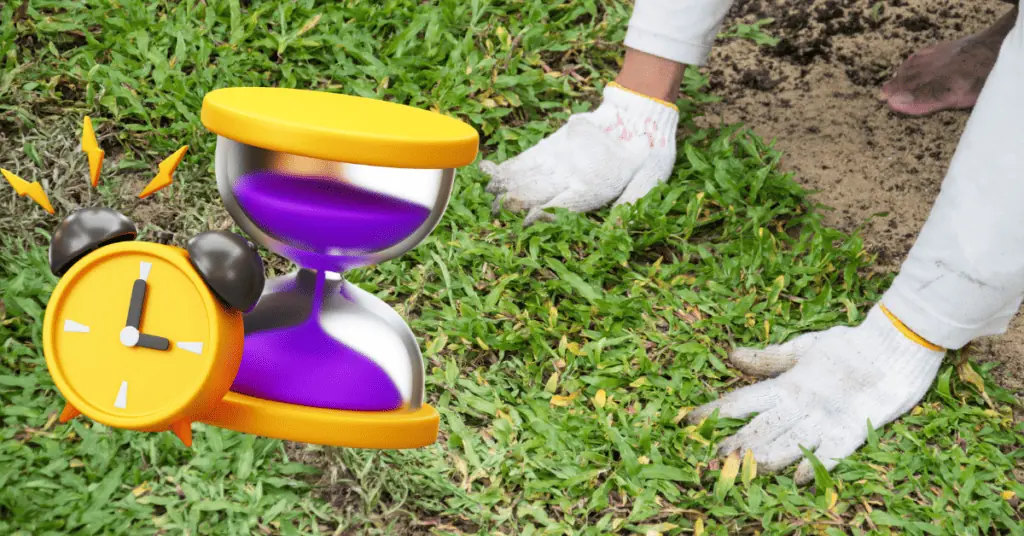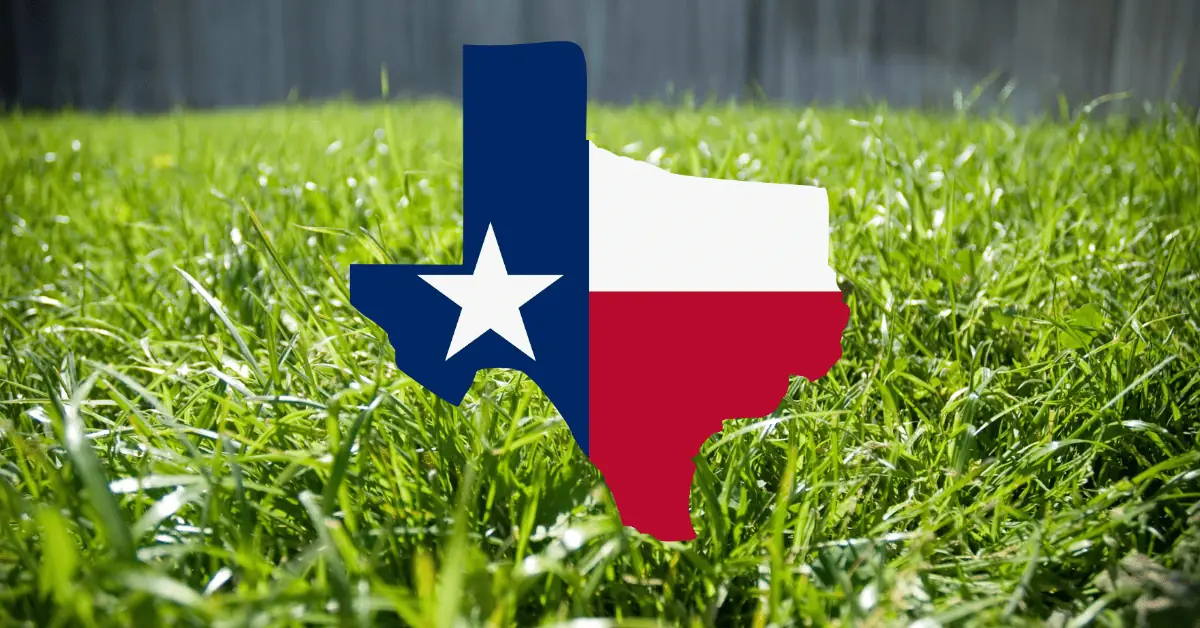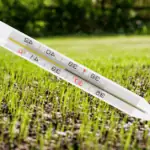What Happens When You Plant Grass Seed Too Early?
In your bid to have the best lawn around your home or garden, it’s normal to get several things to boost growth and achieve lush grass. One is figuring out the best time to plant your grass seed. With perfect timing, few things could go wrong.
So, what happens when you plant grass seed too early than required? This article will answer this question and provide insight into all the best ways to grow the ideal lawn.
Planting Grass Seeds Early: What to Consider
It’s important to note that planting early has several meanings, including seeds planted before a season or before a stipulated time. Consider the following:
- Generally, timing cannot be generalized because different grass types are used for lawns. As a result, some grass types are better suited to some climates based on how they germinate. Also, other planting times are ideal based on the grass type.
- Further, grasses are broadly classified into two broad categories. Warm-season grasses grow most during summer, and cold-season grasses grow best during spring and fall.
These two grass types will produce most of their biomass at different times in the growing season. That’s why it is reasonable to plant grass seeds at different times. The bottom line is that warm-season season grasses should be planted in the spring—conversely, plant cool-season grasses in the fall, where it’s best suited.
Generally, you should plant grass based on seed type rather than climate. Also, if you’re overseeding a warm-season lawn with cool-season varieties, always do so in the fall.
Consequences of Planting Grass Seeds Too Early
When you plant grass seeds too early, they will eventually struggle with germination and early growth.
Warm-season Grasses
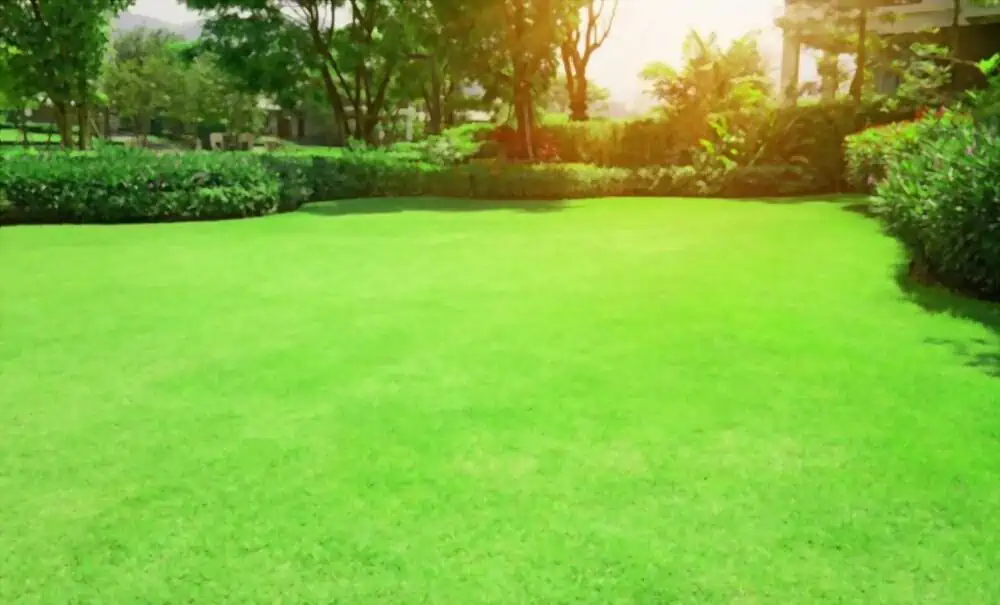
It’s best to plant warm-season grasses like Bahiagrass, Bermudagrass, Zoysia grass, or Centipede grass in the early summer rather than the fall. Do not plant such seeds until the average temperature during the daytime is around 80 degrees Fahrenheit.
As for the grass seedlings, there must be no chance of frost after you have planted them. If you must plant warm-season grasses in springtime, you’d best wait for late spring.
Cool-season Grasses
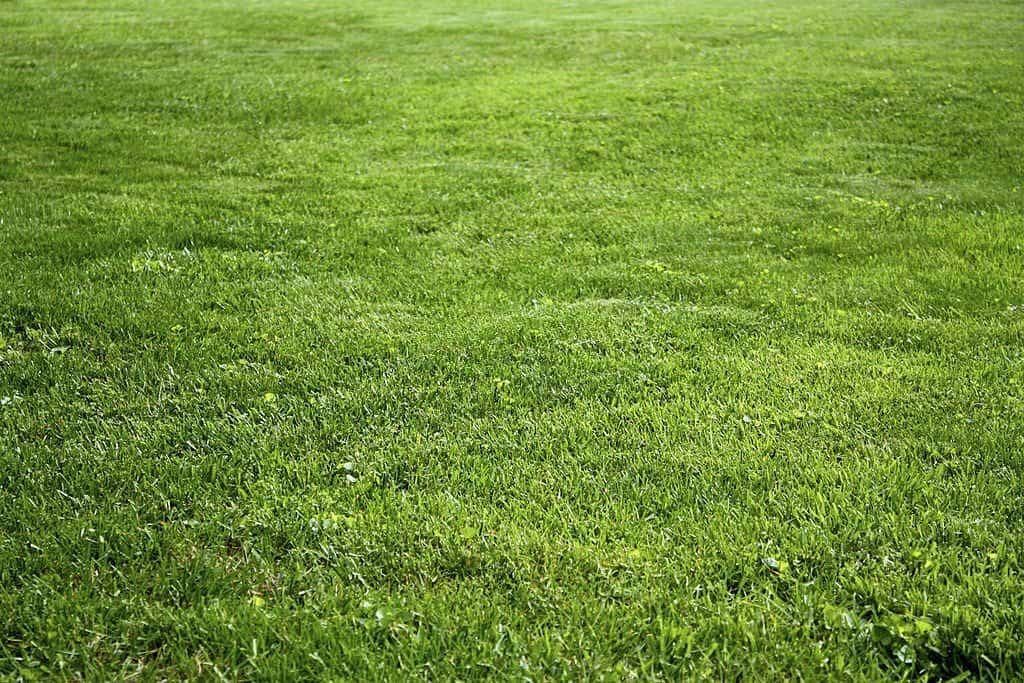
Planting cool-season grass at the appropriate time will produce fantastic results. The ideal time to sow the seeds is when the average temperature during the day stands between 60 and 75 degrees Fahrenheit. In such temperatures, the soil will likely reach the proper temperature levels for optimal germination of cool-season grasses.
In addition, plant cool-season grasses in early spring or in fall. If you plant the grass seed in spring, ensure it’s not close to summertime. That’s because the heat of summer will significantly affect the seedlings. Besides, your new lawn will face competition and pressure from annual weeds like Crabgrass.
While you can use pre-emergents for crabgrass, some will prevent your seed from germinating. For new lawns, experts recommend using a quick-release fertilizer that allows your seed to germinate. If you must plant in the fall, ensure enough time before winter.
Planting the Seeds Too Late: What Happens?
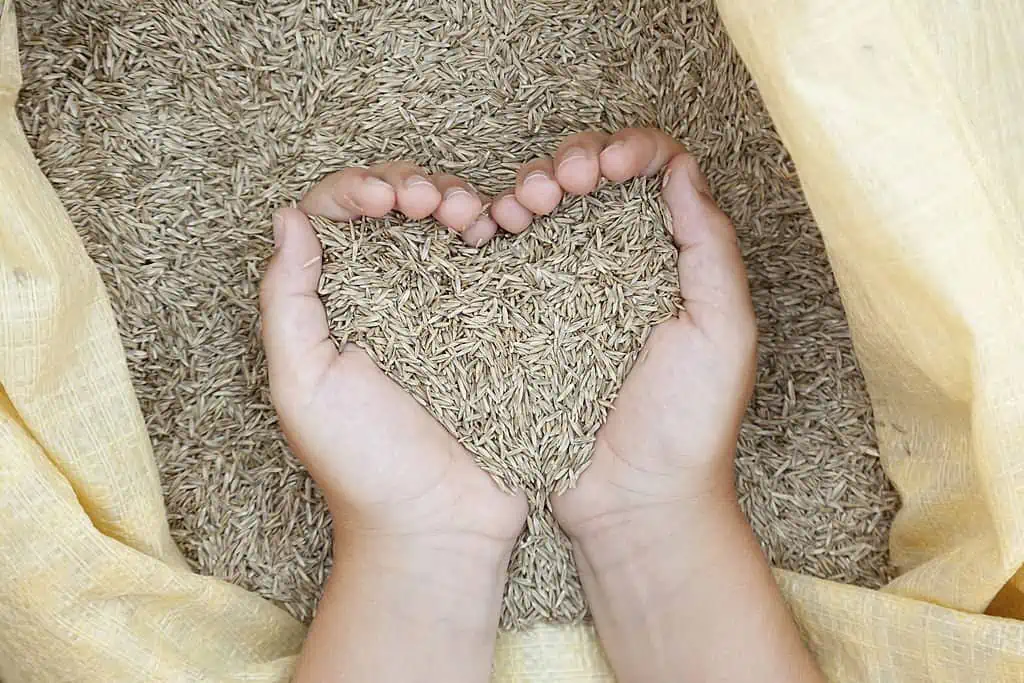
If you plant your grass seed late in the regular season, you’ll drastically reduce its “good” growth period. Further, the root system will not have had the time to work it down into the ground well. The grass blades will not have the time to adequately establish themselves or get hard enough for the upcoming winter conditions.
Plants are generally less equipped to handle dormancy when the air and soil temperatures drop in the fall. That’s why grass seeds planted earlier can handle dormancy. If you plant late, you will witness an increase in winterkill, with few types of grass surviving to spring.
Timing is essential and mostly depends on temperature since this influences germination the most. In line with that, warm-season grass seeds germinate best with soil temperatures running at 65-70°F or daytime air temperatures above 80°F.
As for the cool season, grass seeds germinate best when the soil temperatures are 50-60°F or daytime air temperatures are 60-75°F.
How to Prepare the Ground for Grass Seed
Your road to a gorgeous green lawn starts with adequately preparing the soil for the grass seeds. The following steps will guide you.
1. Test the Soil
The first step when preparing your lawn for grass seed is testing the soil to discover whether the pH level is good and has enough nutrients.
On a scale of 1 to 14, Seven is neutral, and grass prefers a neutral pH of 6.5 to 7 to properly absorb nutrients. If your readings are more acidic or alkaline, you have to correct them. You can do that by adding lime or baking soda to your soil.
2. Clear the Area of Debris
Proceed to clear the area of debris like stones and former grass clippings. A metal garden rake will suffice to clear the planting area.
New grass seeds shouldn’t compete with old grass, which may deprive them of essential nutrients and resources.
3. Consider Timing
The time you plant the grass seed is equally important and will vastly vary based on the weather and the type of grass seed you’re growing. For example, Bermuda grass does best in the summer period rather than in the fall or close to winter.
Figure out the conditions your seeds prefer and plant accordingly.
4. Aerate
Now, aerate the soil using a rotary tiller on the top six inches to loosen any compacted area and infuse the soil with oxygen. You can also use a lawn aerator, which works differently from the rotary tiller. The lawn aerator makes tiny holes in the grass to improve oxygen intake at the roots. Experts recommend tilling the soil once a year.
5. Fertilize the Soil
Use a starter fertilizer on the soil bed. Doing so will give your soil the best foundation for growing thick, green grass. Do not use advanced fertilizers on the soil as they could go on to affect newly planted grass seeds.
6. Select Grass Seed
If you want a great-looking lawn, start with grass seeds that have good quality. Also, sow the seeds with a spreader for uniform growth.
You should return to the area to cover the seeds with light soil. Use a take for this part. Experts recommend tamping the ground and covering it with a layer of straw or mulch to protect the seed.
7. Water Newly Seeded Soil
Water is essential for grass seed germination, especially when just seeding them. They require enough water, but be careful not to drown or wash them away.
Ensure the soil is soaked to help the seeds access moisture. Continue adding water when the ground becomes dry.
Conclusion
When you plant grass seed too early, many things can happen to your seeds and, eventually, the grass if it manages to germinate and sprout. Plating too early will leave your grass seeds struggling to adapt to the ground and germinate. You’ll give them less time to grow into the lawn your yard or space needs.
Before planting, consider several factors, the most important being timing is the season. With the kind of grass you want in your hand, consider the weather and season, clear the area, loosen the soil, and plant accordingly. If you miss the time to plant a particular grass seed, it’s best to wait it out rather than obtain poor results.
Now that you know this, wait to plant your grass seeds. Ensure the timing is right, regardless of the grass type you want to grow.
